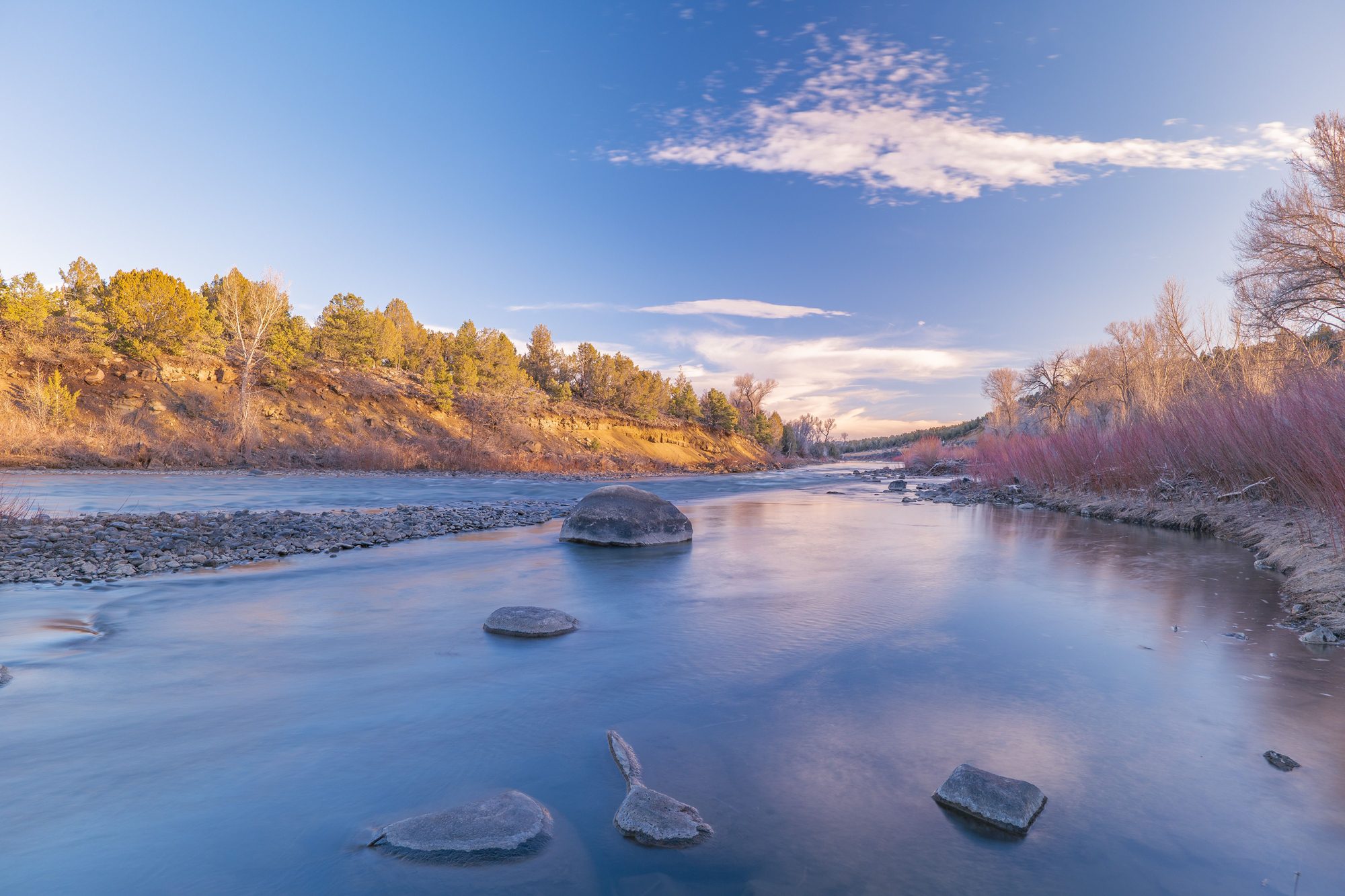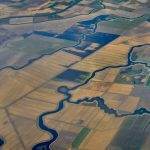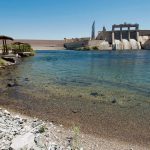- Heatwaves in rivers are increasing up to four times faster than in the air.
- Warmer rivers threaten fish, water quality and energy systems.
- Study shows rivers in the U.S. are warming more days each year above stress thresholds.
Friday, September 26, 2025 — Penn State researchers reported on Monday that rivers across the United States are experiencing heatwaves that are intensifying faster and lasting longer than those in the atmosphere. The study analyzed records from nearly 1,500 monitoring sites between 1980 and 2022.
“Rivers are often thought of as safe and cool havens protected from extreme temperatures,” said Li Li, Barry and Shirley Isett Professor of Environmental Engineering at Penn State . “Our study shows, for the first time, that rivers are experiencing a more rapid increase in frequency, duration and intensity of heatwaves than air, and are increasing at about two to four times the rate of air heatwaves.”
. “Our study shows, for the first time, that rivers are experiencing a more rapid increase in frequency, duration and intensity of heatwaves than air, and are increasing at about two to four times the rate of air heatwaves.”
Impacts on Ecosystems and Communities.
The findings highlight significant risks for aquatic ecosystems, water quality and communities that depend on rivers for food and energy. Lead author Kayalvizhi Sadayappan explained that rising water temperatures can deplete oxygen, stress aquatic life and trigger large-scale fish die-offs, particularly when combined with low river flows.
Cold-water fish such as salmon and trout are especially vulnerable. Since 1980, rivers across the United States have added an average of 11.6 warm-water days each year above 59 degrees Fahrenheit, a level known to stress many species. Extreme heat events, defined as river temperatures above 68 degrees Fahrenheit, are increasing most quickly in the Southern and Appalachian regions.
Regional Differences.
The research found stark regional differences. The Northeast, the Rocky Mountains and the Appalachian region recorded the fastest rise in warm-water days. By contrast, rivers in the Midwest showed slower growth, with an increase of about five additional days above 59 degrees Fahrenheit per year and less than one day above 68 degrees Fahrenheit.
Sadayappan noted that the problem extends beyond fish and ecosystems. “Riverine heatwaves impact livelihoods and cultural traditions that revolve around these ecosystems, especially for Indigenous communities. They also raise drinking water treatment costs, limit recreation and farming, and disrupt energy production.”
Causes and Contributing Factors.
The study attributed most of the trend to climate change, with air temperature playing a dominant role. In mountain regions such as the Rockies, shrinking snowpacks reduce the flow of cool meltwater that would otherwise buffer river temperatures. Human activities also play a role.
attributed most of the trend to climate change, with air temperature playing a dominant role. In mountain regions such as the Rockies, shrinking snowpacks reduce the flow of cool meltwater that would otherwise buffer river temperatures. Human activities also play a role.
According to the research, agriculture can sometimes reduce riverine heatwaves through the cooling effect of irrigation. By contrast, dams often extend the duration of heatwaves, with large dams linked to more prolonged periods of high water temperatures.
Data and Methods.
Because satellites do not capture most rivers and stream data is often inconsistent, the research team used a deep learning model to reconstruct water temperature records and identify river heatwave patterns. This method allowed them to measure changes over four decades with greater precision.
“Deep learning enabled us to identify riverine heatwave events and quantify their characteristics and trends over four decades,” Sadayappan said.
Looking At Options.
The researchers concluded that riverine heatwaves require more attention in both monitoring and management. Options to reduce the impacts include restoring riverbank vegetation for shade, adjusting dam operations, building green infrastructure and reducing water withdrawals.
“This information can provide warning signals and support adaptive management during riverine heatwaves,” Sadayappan said. “More importantly, it can inform long-term mitigation efforts.”
The project was funded by the U.S. National Science Foundation, Penn State’s Institute of Energy and the Environment and the Barry and Shirley Isett Professorship at Penn State.
FAQ
What is a river heatwave?
A river heatwave is a period of abnormally high water temperatures lasting several days or longer.
How much faster are rivers warming compared to the air?
The study found rivers are experiencing heatwaves at two to four times the rate of atmospheric heatwaves.
Which regions are most affected?
The Northeast, Rocky Mountains and Appalachian regions are seeing the fastest increase in warm-water days. The Southern and Appalachian regions are experiencing the most rapid rise in extreme heat events.
What species are at risk?
Cold-water fish such as salmon and trout are particularly vulnerable, as rising water temperatures reduce oxygen levels and stress aquatic life.
What role do human activities play?
Agriculture can sometimes reduce riverine heatwaves through irrigation, while dams often lengthen heatwave events. Urbanization also contributes to higher and longer-lasting river temperatures.
Why does this matter to people?
River heatwaves affect drinking water quality, increase treatment costs, disrupt energy production, limit recreation, and threaten cultural traditions and food supplies linked to rivers.




